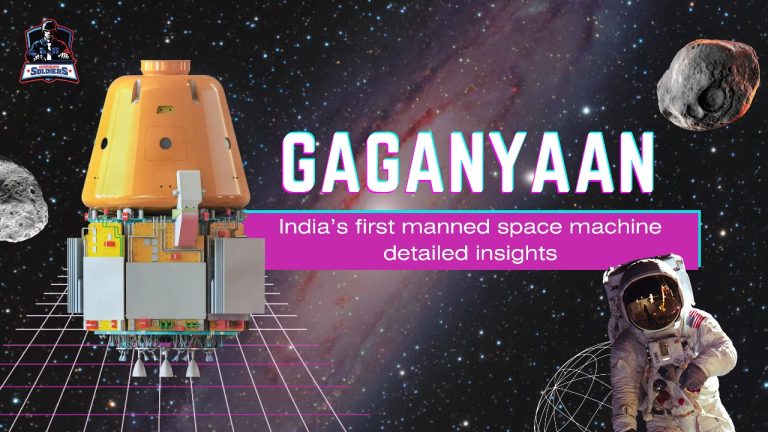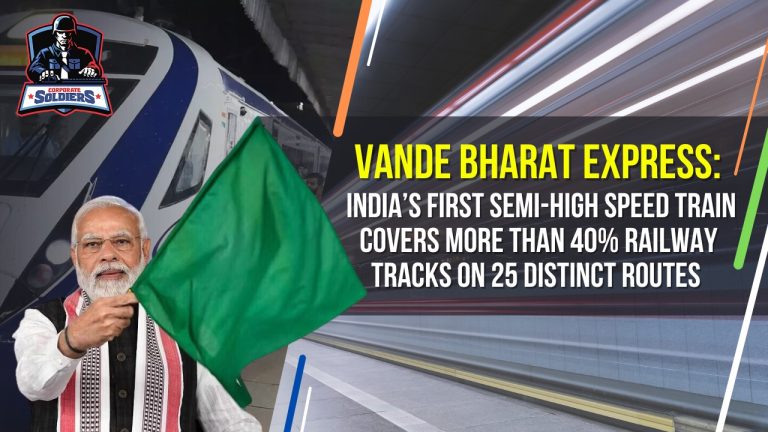ICC Cricket World Cup 2023 is probably going to help India’s economy by $2.4 billion, as indicated by gauges by business analysts at the Bank of Baroda. The World Cup is scheduled to start on 5 October 2023.
Financial specialists anticipate that the impending cricket competition, facilitated in India interestingly starting around 2011, will agree with the three-month bubbly season. This is supposed to help the retail area as individuals are probably going to make “wistful acquisition of product”.
Business analysts likewise guess that the complete viewership for the competition in India, remembering for TV and streaming stages, will be essentially bigger than the 55.2 crores seen in 2019.
On a moderate premise, this viewership might produce Rs 10500 crore to Rs 12000 crore in television freedoms and sponsorship income. Notwithstanding, the market analysts at the Bank of Baroda have cautioned that the competition may likewise make expansion due to flooding carrier tickets and lodging rentals, and significant expansions in help charges in the casual area in the 10 host urban communities on top of the happy season influence.
Generally speaking, an expansion might ascend between 0.15 per cent and 0.25 per cent for October and November. In spite of this, the competition is supposed to help government cash safes through expanded charge assortments on ticket deals, labour and product charges on lodgings, cafés, and food conveyance.
India is set to confront Pakistan in Cricket World Cup 2023 on 14 October in Ahmedabad
The impending 2023 Cricket World Cup isn’t just a profoundly expected brandish occasion yet in addition a huge monetary chance for India. As the host country, India stands to acquire a large number of financial advantages from facilitating this esteemed competition. In this article, we will dive into how the 2023 Cricket World Cup will encourage the Indian economy.
1. The Hospitality Industry
One of the most immediate monetary effects of facilitating a worldwide game like the Cricket World Cup is the flood in the travel industry. The hospitality sector is expected to see a revenue increase of Rs 5,000 crore ($0.6 billion). The convergence of cricket fans from around the world will prompt a significant expansion in the number of vacationers visiting India. This, thus, will support the accommodation and the travel industry areas. Lodgings, eateries, and transportation administrations will encounter expanded requests, prompting higher inhabitance rates and expanded income for nearby organizations.
2. Foundation Improvement
Facilitating the World Cup requires critical framework advancement and overhauls. To give an elite encounter to players and onlookers, India will put resources into building or revamping arenas, further developing transportation organizations, and improving the metropolitan framework. These undertakings make occupations and invigorate monetary development, both during and after the competition.
3. TV and Broadcasting Privileges:
TV and broadcasting freedoms for the Cricket World Cup are a significant income source. With a large number of cricket fans around the world, it is profoundly pursued to communicate privileges. The broadcasting sector is expected to generate revenue of Rs 3,000 crore ($0.4 billion). Indian telecasters will profit from publicizing income, expanded viewership, and higher membership rates during the competition. This inundation of capital from broadcasting privileges will meaningfully affect the economy
4. Support in Product Deals:
Stock deals are one more critical kind of revenue during the World Cup. Authorized stock, including pullovers, covers, and other cricket-related items, see a sharp ascent in deals. Neighbourhood producers and retailers stand to benefit from the expansion sought after, as fans enthusiastically buy gifts and memorabilia.
5. Job Opportunities:
The 2023 Cricket World Cup will create various open positions across different areas. From occasion the executives to security, cordiality to transportation, the competition will make work for many experts and gifted specialists. The transitory and long-haul occupations created by the World Cup add to decreasing joblessness and working on the vocations of numerous Indians.
6. Little and Medium Ventures (SMEs):
Little and medium-sized endeavours (SMEs) structure the foundation of India’s economy. The Cricket World Cup gives a magnificent open door to these organizations to grow their tasks and increase their income. SMEs in the food and drink, retail, and product areas, specifically, will profit from the flood sought after during the competition.
7. Social Trade and the Travel Industry Advancement:
The World Cup brings cricket fans as well as media consideration from across the globe. This worldwide openness is a chance for India to exhibit its rich social legacy and traveller objections. The travel and tourism sector is expected to generate revenue of Rs 3,000 crore ($0.4 billion). The Indian government can utilize this stage to advance the travel industry, empowering guests to investigate the country’s different scenes and social milestones.
8. Ventures and Sponsorships:
Facilitating the Cricket World Cup draws in significant ventures from both homegrown and global supporters. These sponsorships store the competition as well as add to the Indian economy by supporting different parts of the occasion. The sponsorship sector is expected to generate revenue of Rs 2,500 crore ($0.3 billion). The association of corporate patrons cultivates monetary development and advances the worldwide picture of Indian organizations.
9. Long-time investment:
The financial advantages of facilitating a significant game like the Cricket World Cup reach past the actual competition. The framework upgrades, improved transportation organizations, and updated arenas keep on serving the country long after the occasion closes. These enduring advantages establish a better climate for business and the travel industry, adding to supported financial development.
All in all, the 2023 Cricket World Cup is set to be a significant monetary shelter for India. The competition will help the travel industry, invigorate work creation, encourage little and medium-sized organizations, and make an enduring tradition of further developed framework. By effectively facilitating the occasion, India has the valuable chance to radiate on the worldwide stage and feature its monetary ability and social extravagance. As the world meets up to celebrate cricket, India stands to acquire on the field as well as in the meeting rooms and markets, cultivating its financial development and thriving.










